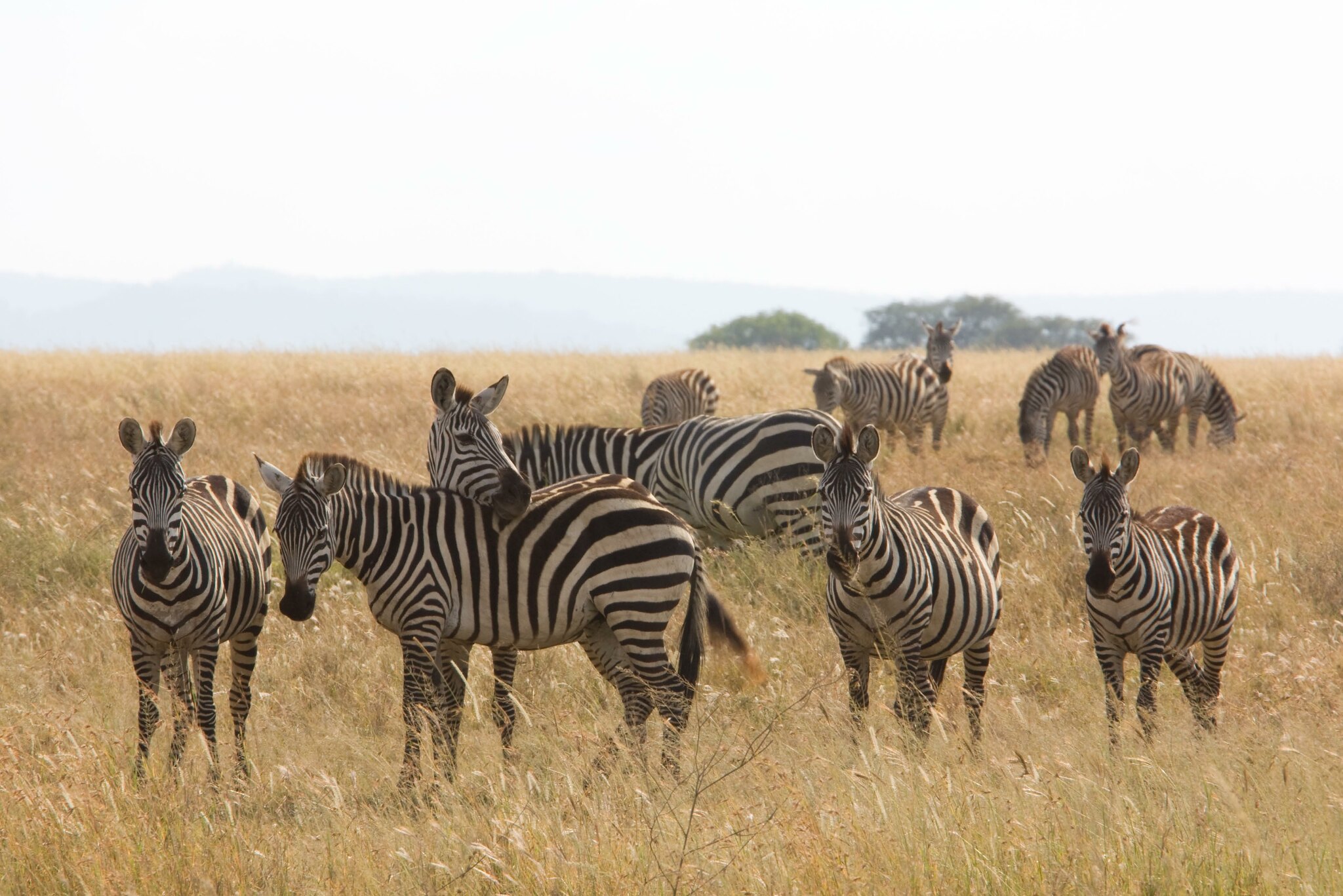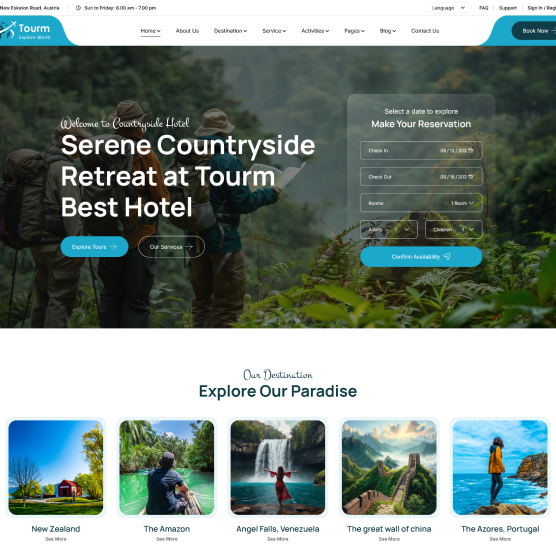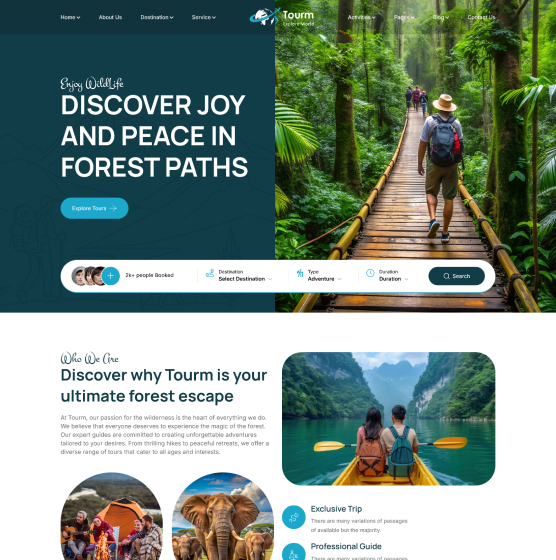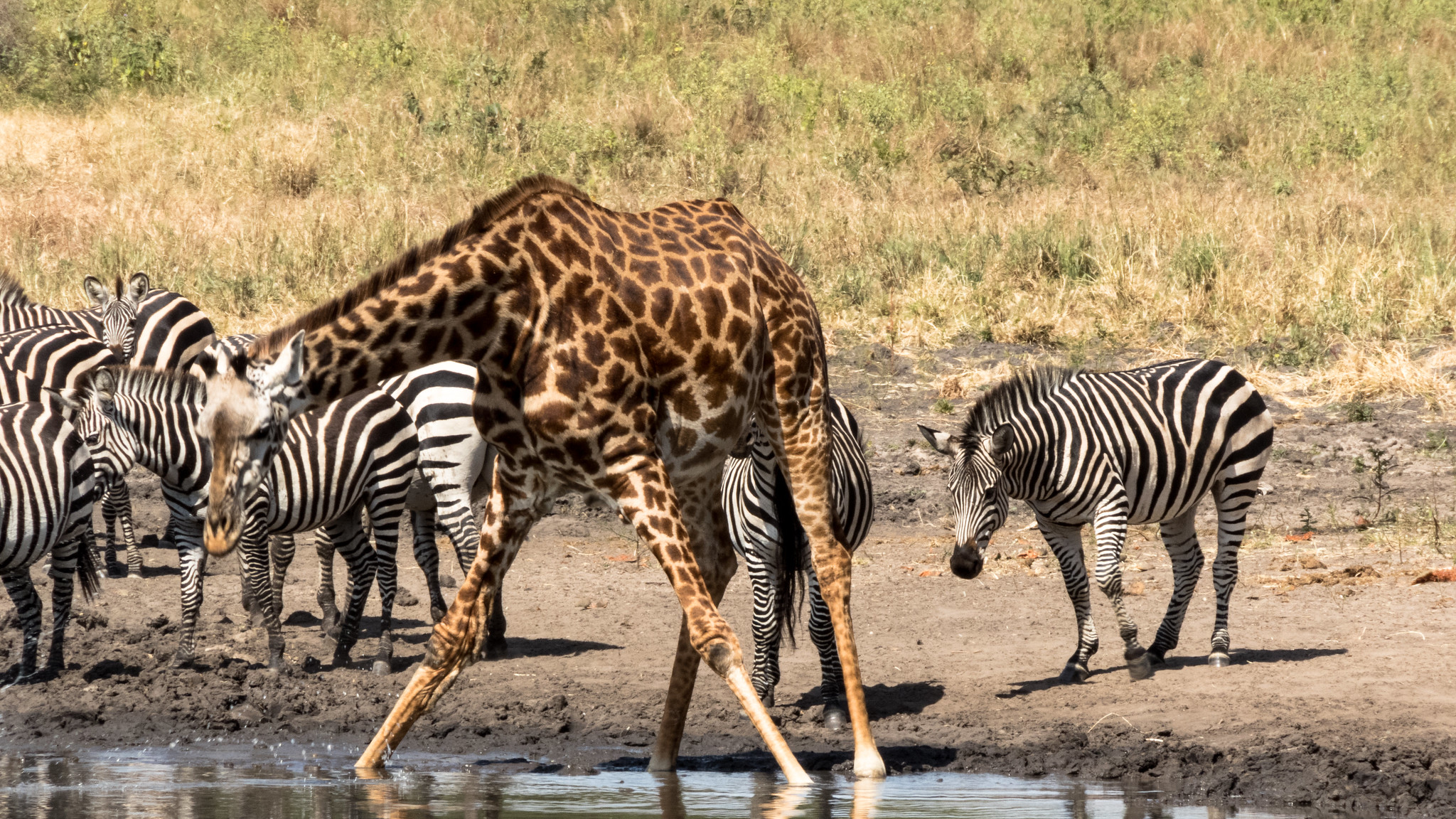10 Reasons to go on a Tanzanian Safari
Tanzania’s exceptional wildlife consistently places it among the top African safari destinations. Visitors can see various animals in picturesque settings in the country’s immaculate national parks. 10 Reasons to go on a Tanzanian Safari. Our safari guides can lead you to the best viewing locations and are skilled at tracking wildlife.
Still not persuaded?
Discover why Tanzania should be on your list of places to visit by reading our ten reasons to go on a safari there!

1. View Wildlife in Their Natural Environment
People can now get a close-up look at exotic animals thanks to zoos. However, nothing compares to witnessing wildlife in its native habitat. Seeing an entire herd of elephants is breathtaking, even though one elephant is amazing enough.
Some people may find it frightening to think about witnessing some of the most dangerous predators in the world without the safety of a cage. However, our safari guides have received training on how to view from a distance safely. Due to the fame of these regions as safari destinations, the wildlife there is accustomed to the presence of cars and typically disregards them.
2. The World’s Greatest Safari Location
Tanzania is the world’s greatest safari destination, albeit we may seem biased. There are around four million wild animals in the nation, representing 430 species and subspecies.
This area is home to some of the most sought-after wildlife, commonly referred to as the “Big Five.” Lions, leopards, rhinos, elephants, and African buffaloes are on this list. The phrase currently refers to common safari animals, but it originally described hard-to-hunt species.
Tanzania is home to the most predators in Africa in addition to these highly sought-after animals. During their safaris, visitors occasionally get to see these formidable hunters in action.
3. Safari Guides Are Professionals at Tracking Animals
Our guides have years of expertise tracking, so they are always aware of the finest places to see animals.
All visitors get more viewing possibilities since guides work together and communicate real-time information on animal sightings. It may be challenging for the inexperienced eye to identify distant creatures. Thankfully, our keen-eyed guides can spot distant creatures and can alert you to them—even if you’re driving!
Safaris offer educational opportunities in addition to life-changing wildlife experiences. Take advantage of our guides’ vast knowledge as they educate you on the local wildlife ecosystem during the journey.
4. View World Heritage Sites by UNESCO
No other African nation has as many protected natural areas as Tanzania. Game reserves, conservation areas, and national parks occupy more than 25% of the land, forming a pristine wonderland for various rare and varied wildlife.
As UNESCO World Heritage sites, the Serengeti National Park and the Ngorongoro Conservation Area are two of the most well-known safari locations.
Ngorongoro encompasses the biggest complete caldera in the world, Ngorongoro Crater, as well as highland plains, grassland, and woods. There are about 25,000 species in the enormous crater, which acts as a natural barrier for the creatures.
The world’s most famous wildlife area is undoubtedly the renowned Serengeti. The 12,000 square mile (30,000 square km) park is appropriately named Serengeti, which is Maasai for “endless plains.” One of the biggest mammal migrations in the world takes place in the national park every year, and those who are fortunate enough to see it will never forget it.
5. Safaris Aid in Conservation Initiatives
One of the numerous ways that animal lovers can help local conservation efforts is through ecotourism. Tanzania is home to the tenth-highest number of IUCN Red Listed threatened species worldwide, according to the Wildlife Conservation Society. These creatures face challenges to their survival from illegal commerce, habitat loss, climate change, and poaching.
Wildlife and habitat protection are two benefits of guided safari tours to conservation zones. At check-out, guests staying at overnight lodges pay park fees, which support park upkeep and anti-poaching initiatives.
In addition to financial assistance, conservation efforts also benefit greatly from public awareness and education. We hope that our guests’ experience will inspire those back home to support programs that protect endangered animals.
6. Possibilities to See Exotic Wildlife
Tanzania is a popular safari destination for reasons apart from its abundance of wildlife. The nation provides a safe haven for endangered species, allowing tourists to see them in their natural habitat thanks to its extensive protected wilderness regions. The African Lynx Striped Hyena, the Black and White Colobus Monkey, the East African Oryx, and the African Wild Dog (found only in Selous Game Reserve) are some of the rarest creatures in this area.
Although the most sought-after safari creatures may be big mammals, this biodiverse area has a lot more to offer. There are more than 60,000 bug species, 100 snake species, over 25 different kinds of amphibians and reptiles, and many fish species in Tanzania.
Take care of the birds while on safari. It is home to 1,000 species, 22 of which are unique to Tanzania, making it one of Africa’s top birding locations.
7. Examine from a Different Angle
In Tanzania, adventurers who like to enhance their trip can combine their safari with additional must-do activities.
To see Serengeti National Park from above, include a hot air balloon ride on your itinerary. You never know what you might see from this expansive vantage point, whether it’s a pride of lions or a herd of wildebeest.
8. Stunning Photo Possibilities
Tanzania’s breathtaking scenery and magnificent wildlife offer countless photo opportunities to anybody who travels there. Visitors can take striking pictures of animals in the wild thanks to our guides’ tracking abilities.
This charming location has a lot to offer, regardless of whether you’re a professional photographer, an Instagram addict, or simply looking for shots to send to your loved ones. The varied splendor of every location, from untamed savannas to verdant craters, will leave you in awe!
9. Comfortably Escape Modern Life
Safaris are ideal for less adventurous tourists who want to experience nature while still enjoying the comforts of home. Standard hotel lodges, upscale lodges, or permanent tented camps are available to visitors.
The majority of lodges provide the following facilities:
- Phone
- Internet access via WiFi
- Services for laundry
- Storage area with a fireplace
Consider glamping in place of the permanent tented campgrounds. Tents come with a covered porch, tables and chairs, and mattresses. WiFi and electricity are also available to visitors.
10-Year-Round Operations
Tanzanian safari availability is unaffected by seasonal variations, in contrast to other nations. There are trip choices available for visitors at any time of year. 10 Reasons to go on a Tanzanian Safari.
This region experiences brief tropical downpours in the afternoons throughout the main rainy season, which runs from March to May. Rain is not a concern for safari visitors in the spring. There will still be an abundance of animals if you travel to the northern areas.


















